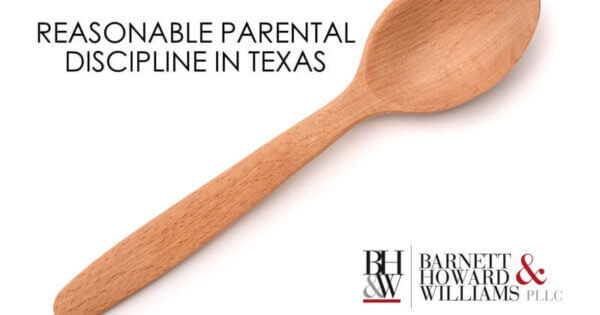Is the Class C charge of Assault (Offensive Contact) a lesser-included offense of the Class A charge of Assault (Bodily Injury)?
In short, the answer is most likely No.
 An offensive-contact assault not a lesser-included offense of a bodily-injury assault because the offenses have different elements.
An offensive-contact assault not a lesser-included offense of a bodily-injury assault because the offenses have different elements.
The Court of Criminal Appeals, whose opinions are controlling in Texas, held that an offensive-contact assault is not a lesser-included offense (“LIO”) of a bodily-injury assault because what the state was required to prove for one offense differed from what the state had to prove for the other (McKithan v. State, 324 S.W.3d 582, 583, 591 (Tex. Crim. App. 2010)). For a Class A misdemeanor bodily-injury assault, the state must prove that bodily injury (or pain) occurred; the statute does not require the state to prove that the contact was offensive or provocative (Tex. Penal Code § 22.01(a)(1), (a)(3)). An offense is not an LIO if the state must prove different elements for each offense (McKithan, 324 S.W.3d at 583, 591). It is not enough that “proof of the charged [] offense may also” show the other offense; the State must be “required to prove these offenses in establishing the charged offenses” (Id. at 593).
Granted, seven years before McKithan, the Court of Criminal Appeals stated that an offensive-contact assault is an LIO “of (a)(1), because [it is] proved by less than all the facts required to prove (a)(1), specifically, physical injury” (Reed v. State, 117 S.W.3d 260, 267 (Tex. Crim. App. 2003)). However, the Court of Criminal Appeals seemed to move away from this categorical view in McKithan.
Additionally, the appeals court presiding over cases in Tarrant County, the Second Court of Appeals, held that an offensive-contact assault “is not, under the circumstances of this case, a lesser-included offense of assault causing bodily injury” (Welsh v. State, 2009 Tex. App. LEXIS 3592, *4-5 (Tex. App—Fort Worth May 21, 2009)). Other courts echo this sentiment. For example, in Norman v. State, the appeals court held that the trial court did not make a mistake when it refused to instruct the jury on offensive-contact assaults as a LIO of bodily-injury assaults because offensive-contact assaults have a unique element (2019 Tex. App. LEXIS 6690, *16-17 (Tex. App—Amarillo August 1, 2019). And one Houston court stated that “[b]ecause offensive-contact assault is not within the proof necessary to establish bodily-injury assault, it is not a lesser-included offense” (Washington v. State, 2019 Tex. App. LEXIS 5409, *12 (Tex. App—Houston June 27, 2019)).
Thus, offensive-contact assaults are not considered LIOs of assaults causing bodily. An assault under § 22.01(a)(3) has elements unique to it, so one cannot prove an assault under § 22.01(a)(1) by establishing the elements of assault under § 22.01(a)(3).










